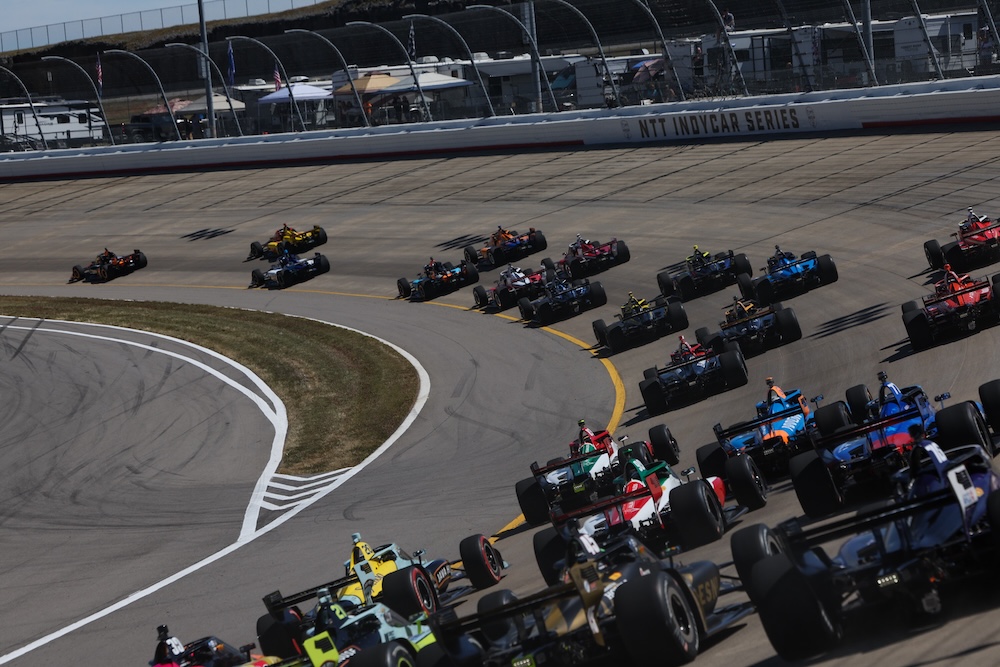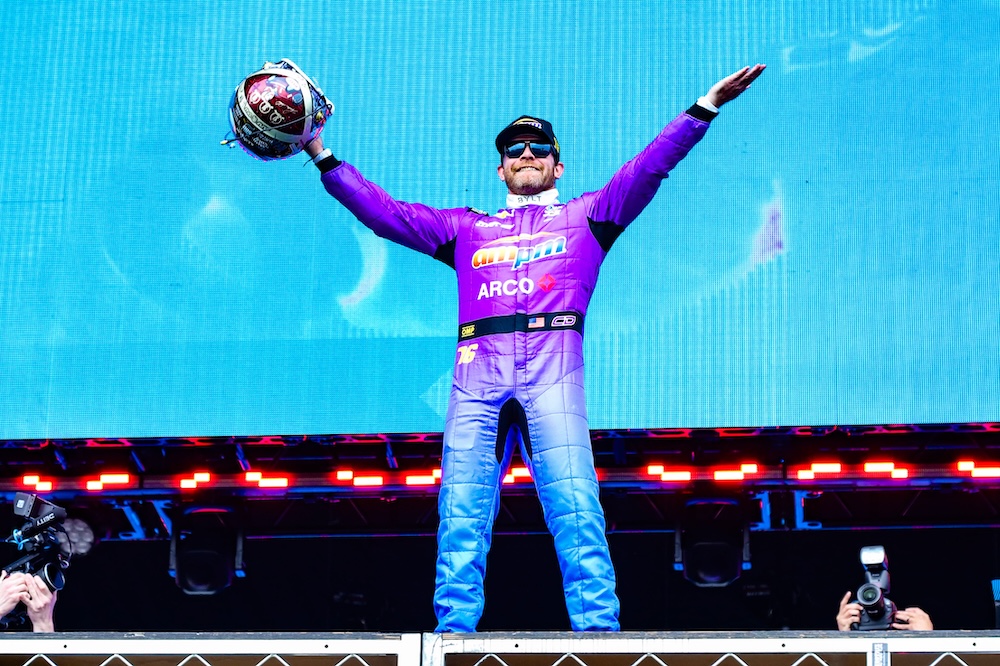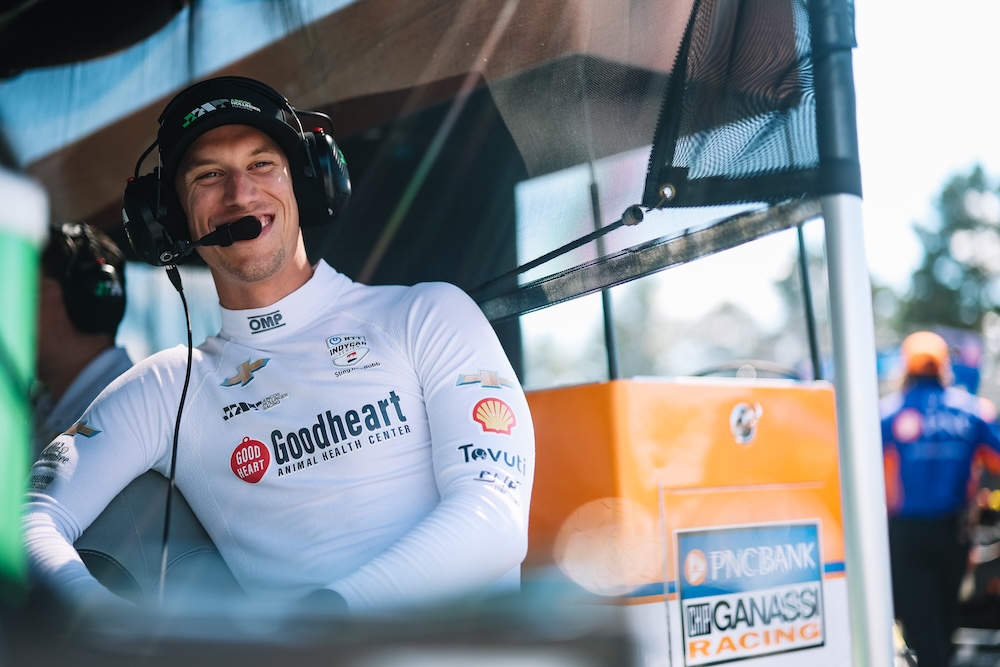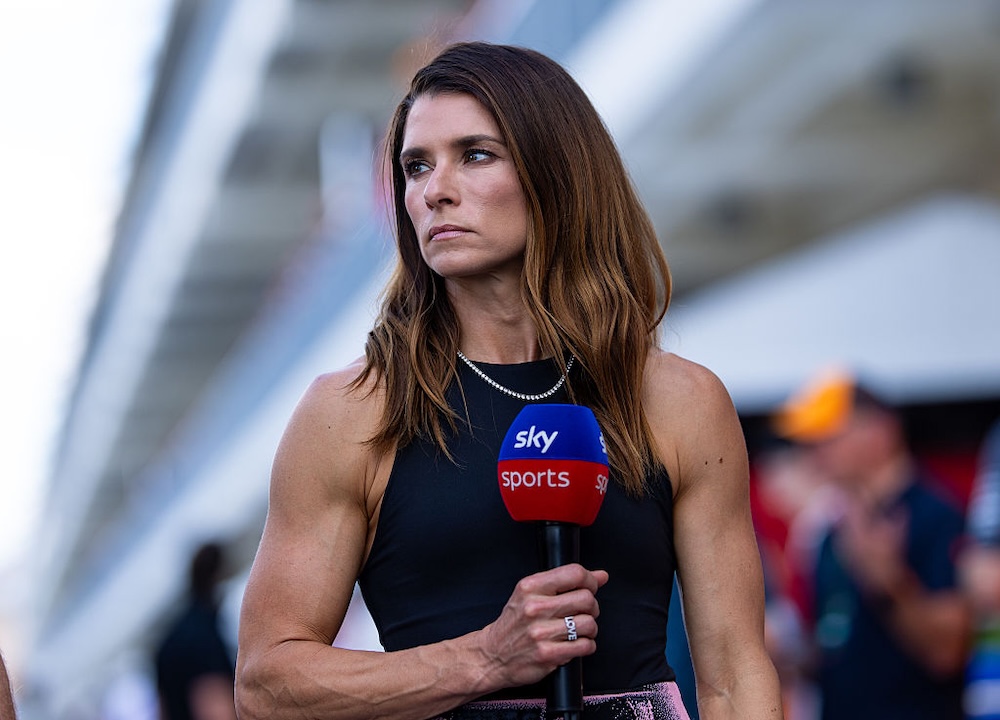Welcome to the RACER Mailbag. Questions for any of RACER’s writers can be sent to mailbag@racer.com. We love hearing your comments and opinions, but letters that include a question are more likely to be published. Questions received after 3pm ET each Monday will be saved for the following week.
Q: Is VeeKay’s seat at JHR the upgrade from Coyne everyone was saying hr was headed to before the dominos started to fall?
Steve, Ohio
MARSHALL PRUETT: It is not, which is why the JHR team went after VeeKay to try and use his talents to transform the team into a better version of itself. He was mightily impressive at Dale Coyne Racing and that clearly caught the attention of Brad Hollinger, who co-owns and funds JHR, and Ricardo Juncos, who was integral in developing VeeKay on the open-wheel ladder prior to Hollinger’s arrival in 2021.
It will be interesting to see how VeeKay fares at JHR without savant race engineer/technical director Michael Cannon, who was the other half of the equation at Coyne. Congrats to Michael, BTW, on being inducted into the Canadian Motorsports Hall of Fame.
Q: Thank you for answering last week’s question from Jerry in Houston about drivers’ pay. Specifically, how paying drivers get paid while paying to be in a seat.
Several years ago I helped fund an up-and-coming driver in what was Pro 2000 at the time. I have learned a lot about the behind the scenes going-ons of which you detailed in your well-described answer. I’m not really asking a question here, but reiterating your answer and pointing out the ignorance or naïvety (not insulting anyone, just pointing out the general lack of understanding) of many negative online chats stating some drivers are only there because of “daddy’s” or family money.
While this money part is true for some, (and these drivers are in fact talented), others must endure all the scenarios you describe. For the less than super-wealthy families, they generally get to a point that if the kid is good enough, they have already mortgaged the house climbing the ladder. If parents and kid manage to find the needed money to continue, and one or all the situations you describe happen to them, the consequences will generally have a huge impact on your season, as your team is forced to cut back, you’re out scrambling to find new funding to keep the seat, etc. Add to this that drivers not in the very wealthy family category are typically on the smaller teams in greater need of resources than the big teams.
Bottom line is it makes it that much tougher to be competitive in a highly competitive series where 0.010 of a second matter, and anything above mid-pack, 15th or better, (above the paid driver group) is a goal. Reality in the end is money/resources, long term, is what builds a leading team. The smaller younger teams are fighting the tougher battle not only on race day, but each year to maintain, and try to build their programs. Needless to say while every other team, big and small, are doing exactly the same thing. The more you learn, the deeper your appreciation.
Lastly, thank you RACER for Robin’s Final Word. We all need a “slap in the face”, (or two), now and then!
Zenith
MP: As I was coming up the racing ladder as a mechanic, I mostly worked with paying drivers, which is the norm. We love the kids firing up through the USF Championships and Indy NXT, but 99 percent of them are driving cars paid for by friends and family through personal wealth, the proceeds from a business their parents or friends of the family own, or some other method devised to pay teams the hundreds of thousands of dollars needed at the USF2000 level to more than a million per season required for NXT.
Only in the rarest of scenarios will you find a kid in a pre-IndyCar seat that’s funded by the team, which means the ‘daddy’s money’ tag is or has been worn at some point by just about every driver we know today in IndyCar, NASCAR, F1, and so on. The difference here, though, in the IndyCar example, is when some of those paying drivers graduate by buying a seat, run at the back of the field, and become viewed as little more than a walking paycheck.
They hold value in an economic sense, and thanks to them, teams that are unskilled at finding full sponsorship to fund all of their cars can rely on the partial or complete budgets brought to them by a paying driver. Those teams are able to employ 12-20 people who are attached to that driver’s entry, and that’s often the most important contribution brought by the majority of paying drivers.
Dozens of people feed their families and put their kids through school as a result of the income delivered by those drivers. I was in that situation once when I was a crew member in IndyCar, and it kills the soul, but also, hopefully, inspires you to do better, aim higher, or look outside of the sport for something more fulfilling.
But there’s no denying how strange and ill-fitting it is to look at 27 individual IndyCar entries – call them teams – and consider that at least two or three of those 27 drivers are only in the series because of their ability to buy their way into the game. And by that, I mean they would be out of the series in an instant if their funding disappeared.
Could you imagine two or three of the 32 NFL teams putting quarterbacks on the field who are only there because they pay millions to play the game? It’s an absurd concept in stick-and-ball sports, but not in professional racing. It’s nothing new here, of course, but, as IndyCar had in 2025, when the three drivers who finished at the bottom of the championship were paying drivers, I can understand why some folks aren’t loving the look.

This could be you! (For a price). Joe Skibinski/Penske Entertainment
Q: It has been written that Will Power is still under contract to Penske until January. What are his restrictions and limitations regarding any type of involvement and interaction with the Andretti organization?
Can he have any interaction with his new team?
Steve, Chapel Hill, North Carolina
MP: Since Will hasn’t sent me his Penske contract to review, I can only go off of generalisms. He’s got a non-compete clause, which means he can’t engage with a new employer until that agreed-upon window of exclusivity to Penske expires. No planning with Andretti. No simulator time or testing with Andretti/Honda. No data or setup reviews with Andretti. No hanging out at Andretti’s shop and fellowshipping with the crew, etc. All of those things are forbidden, by contract, until the non-compete expires.
But all of those things are adhered to on the honor system, right? When I’ve read of previous non-competes, the question I always ask is how a team with a driver, engineer, or manager under a non-compete would be able to monitor the communications of the person who’s meant to be immobilized during the blackout period.
In a world where VPNs and burner phones are commonplace, how exactly would Team X be able to prevent Team Y from doing all-day Zooms with Driver Z if they made an effort to go incognito? We know racing teams and manufacturers spend money every year on what would be lightly referred to as espionage; at a minimum, they hire people to photograph and film each other’s cars to compare and contrast chassis setup choices with their own cars.
Would it be so strange to suggest that since teams invest in spying on each other at the track, some might also invest in countermeasures to hide and protect their communications away from the track? These are the things I wonder about during the offseason…
Q: Is there anything to be read into the liveries on cars at tests? For example, Malukas testing a generically Penske-wrapped No.12 car with no sponsors, or Palou testing an all-black No.10 car? I will say Palou was wearing his traditional DHL racesuit. Do the liveries used in testing tell us anything?
Joey, FL
MP: Nothing at all. This is the time of year where teams are searching for sponsors, planning with the ones they have, and working through which sponsors will be on the cars at specific events in 2026. Since almost none of the 27 entries have a single, yearlong sponsor, it’s rare to see the cars during post-season tests with the same liveries and logos that were just on display to close the championship.
Q: Why do you think Conor Daly has struggled to maintain a steady ride throughout his career? He clearly has lots of talent and always seems to be a threat at Indy yet here he is again – a proven driver at age 33 without a ride.
In your opinion, what is/are the reason(s)?
Looking back, what is/are the past opportunities (if any) which, in retrospect, should’ve/could’ve/might’ve delivered him better career stability?
Tom, Lake Forest
MP: He didn’t have the best reputation earlier in his career and was better known for having late-night fun than obsessively living in the gym or at the shop like many of his contemporaries. Whether it was or wasn’t fully accurate or deserved is immaterial; that was the perception of Daly that stuck with too many team owners, and it definitely impacted his options to drive for the best teams.
On track, he’s driven mostly for midfield outfits and that comes with midfield results, with exception for the ovals. He’s viewed as an oval specialist, which is inaccurate in terms of his full complement of skills, but ovals are where his best results have been generated so that’s another reputation he’s received. Same with JR Hildebrand.
Conor and JR made their names prior to IndyCar with outstanding road racing output, but what stood out for both upon reaching IndyCar was on the ovals and they were duly relegated to ‘oval specialist’ status and saw their opportunities shrink.
The JHR team was sufficiently bad on the 11 roads and streets last season, but featured on the six ovals with Conor. I’ve seen Daly impress on IndyCar road and streets in the past, and his JHR predecessor Romain Grosjean did well on a number of roads and streets in 2024, so as the team underwent a pair of driver changes and significant changes to its engineering group, I wasn’t surprised to see JHR take a step back in that category. Placing the team’s underwhelming road/street output on Conor would be silly.
VeeKay will have the same group, now in its second season together, to work with and they should be stronger across the board after applying what they learned from the hits and misses of 2025.

The Snake Pit is fun and all, but Daly would tell you the real party happens in the race car. Aaron Skillman/Penske Entertainment
Q: With more and more IndyCar teams becoming officially involved in Indy NXT next season, with the recent news of AJ Foyt and Ed Carpenter Racing announcing programs/team affiliations for 2026, in addition to Andretti’s, Ganassi’s and (possibly) Juncos Hollinger’s already existing participation in the series, what are the chances this will increase the likelihood of a possible return in the Month of May schedule for the Freedom 100 race?
It was always such a fan favorite and had provided some of the most exciting finishes in IMS history – it would be great to have this flagship race reinstated.
Giuseppe, London, UK
MP: Zero percent. Roger Penske deleted the Freedom 100 due to fears of driver injury, and the risk of any such injuries casting a pall over the Indy 500. Unless his future successor changes Penske Entertainment’s stance on the matter, it’s gone for good.
Q: Did I miss something? It seems like the only person who has said Sting Ray Robb is driving for JHR next year is his manager, but people talk about the seat like it’s definitely filled. Has there been confirmation from anyone else, or is it just him trying to will it into existence for his client?
Glenn in Houston
MP: According to his manager Pieter Rossi in a text from September, SRR is “locked in” for 2026 and his contract “was always a two-year deal.” And I don’t doubt it.
In a follow-up call, Rossi said there are no performance clauses in the contract and they are up to date on their payments to the team. He said with those two things in mind, there’s no breach or other mechanism for JHR to use to part ways.
But what I do question, and have questioned for months (which inspired Rossi’s outreach) was whether the team wanted to continue with SRR or seek some form of amicable split. SRR’s side has been playing offense (or defense, depending on how you look at it) to make sure everybody knows he’s got a deal for 2026. And what has JHR said? It has been consistently silent on the matter.

